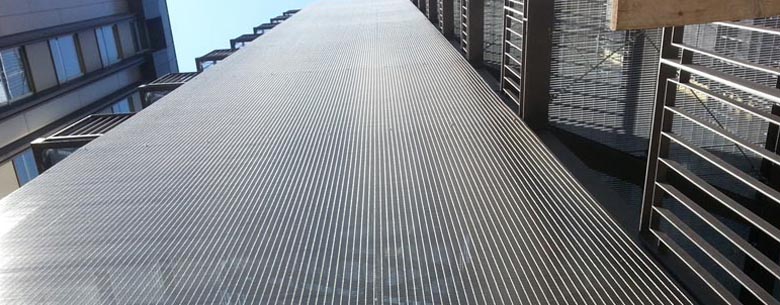Understanding Chain Link Fence Poles A Comprehensive Guide
Chain link fences are a popular choice for both residential and commercial properties due to their durability, affordability, and effectiveness in providing security and boundary demarcation. A key component of these fences is the chain link fence poles, which play a crucial role in their stability and functionality. This article will delve into the types, installation, and maintenance of chain link fence poles, providing you with a thorough understanding of this essential element.
Types of Chain Link Fence Poles
Chain link fence poles come in various types, each serving specific purposes. The three primary types are terminal posts, line posts, and corner posts.
1. Terminal Posts These are found at the ends of a fence run, and they provide structural support for the fence. Terminal posts are generally heavier and more robust than other types of poles, as they need to endure the tension of the chain link fabric.
2. Line Posts Positioned between terminal posts, line posts support the chain link fabric and help maintain the fence’s tautness. They are typically spaced 6 to 10 feet apart to ensure proper tension and stability.
3. Corner Posts Used at corners where the fence direction changes, corner posts bear additional stress and must be well-anchored. These poles are taller and thicker than line posts, designed to manage the added force from the angle change.
Material and Sizes
Chain link fence poles are primarily made from steel, offering strength and longevity. They can be galvanized or coated with vinyl to resist rust and weather-related wear. The typical diameter of these poles ranges from 1-5/8 inches to 2-1/2 inches, depending on the specific needs of the fencing project.
The height of the fence will dictate the length of the poles. For most residential fences, the standard height is around 4 to 6 feet, but poles can be taller for security purposes or specific applications, such as enclosures for animals or sports facilities.
Installation of Chain Link Fence Poles
Installing chain link fence poles is a straightforward process but requires precision and attention to detail to ensure the fence's durability. Here are the general steps
chain link fence poles

1. Marking the Layout Before installation, mark the locations of the posts using stakes and string to define the fence line clearly.
2. Digging Post Holes Use a post hole digger or auger to create holes for the poles. The depth of the holes should be about one-third the height of the poles to ensure stability.
3. Setting the Poles Place each pole in its respective hole, ensuring they are straight and at the correct height. Use a level to check for vertical alignment.
4. Pouring Concrete Once positioned, fill the hole with concrete to secure the pole in place. Allow the concrete to cure properly, which usually takes a couple of days.
5. Attaching the Chain Link Fabric After the poles are set, the next step is to attach the chain link fabric, ensuring it is taut between the line posts and securely connected to the terminal and corner posts.
Maintenance Tips
To prolong the life of your chain link fence poles
- Inspect Regularly Periodically check the poles for signs of rust or damage, especially if they are galvanized. If you spot any issues, address them promptly.
- Repaint If Necessary For vinyl-coated poles, look for scratches or chips in the coating. Touching up these areas can prevent rust and enhance the aesthetic appeal.
- Check Stability Ensure that the ground around the poles remains stable and free of erosion, which can weaken their support.
Conclusion
Chain link fence poles are the backbone of any chain link fence structure, providing essential support and stability. Understanding the types, installation methods, and maintenance practices for these poles will help ensure that your fence remains secure and functional over time. Whether you're installing a fence for security, privacy, or aesthetic reasons, investing the time to choose the right poles and maintaining them is critical to a successful fencing solution.
-
Turn Down the Noise: The Future of Highway Sound Barriers
NewsApr.09,2025
-
Silence the Sound: The Power of Highway Noise Barriers
NewsApr.09,2025
-
Reduce Road Noise Effectively with Highway Noise Barriers
NewsApr.09,2025
-
Noise-Free Living: How Highway Barriers Make a Difference
NewsApr.09,2025
-
Engineered for Silence: Highway Noise Barriers for Every Road
NewsApr.09,2025
-
Effective Noise Control: Highway Barriers for a Quieter Tomorrow
NewsApr.09,2025
Subscribe now!
Stay up to date with the latest on Fry Steeland industry news.

